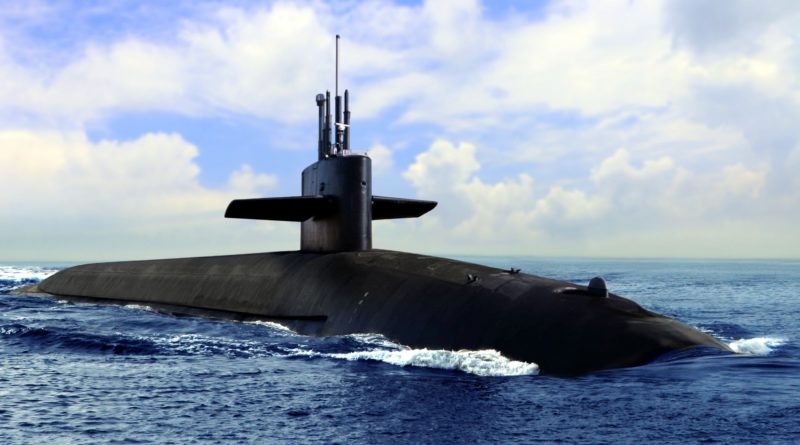A Russian Explosion May Have Involved Nuclear Materials
7,007 total views, 1 views today
Last Thursday, an explosion just off northern Russia in the White Sea killed five people. Following the explosion, a nearby city detected spikes in environmental radiation levels, suggesting that the accident may have involved nuclear materials. Concern over Russian development of nuclear technologies and weapons has long been contentious, especially following the Chernobyl disaster of 1986, which many consider the worst nuclear accident in human history.
Shortly after the explosion, Russian officials confirmed that rocket testing was involved, though they did not immediately comment on the presence of radioactive materials. During testing, the rocket’s fuel ignited, resulting in an explosion that propelled the five victims all the way to the sea, where they ultimately died. Russian officials were at first vague about the precise nature of the testing that killed the scientists, describing their activities as “performing the task of national importance.”
Many U.S. officials familiar with Russian nuclear patterns agreed that the explosion likely resulted from testing of a newer, nuclear-power cruise missile that Russian president Vladimir Putin bragged about last year during his state of the union. Many Russian media sources have also questioned whether the explosion resulted from testing of this missile, known as the SSC-X-9 Skyfall or Burevestnik. Some have even suggested that the technologies Russia is exploring in these tests are similar to some that the U.S. considered, but ultimately abandoned, at the peak of the Cold War. Nuclear researchers have expressed doubts that either the Burevestink or the Cold War-era technologies could operate effectively.
Although Russian officials yesterday stated that a small nuclear reactor was indeed involved in the accident, they have insisted that the nuclear technology being tested was intended for domestic energy uses rather than warfare and weaponry. According to a top official at the institute for which the scientists worked, the nuclear reactor was being studied for its potential to contribute to small-scale power sources that both civilians and the Russian military could use.
The institute’s comments validated the concerns of many in Russian cities close to the accident. In these cities, many residents rushed to obtain iodine, which many believe decreases the thyroid gland’s ability to absorb harmful radiation. Additionally, Norway bolstered its radiation monitoring following the explosion, although Finland (which is geographically closer to Russia) declined to do so. According to an official with Finland’s Radiation and Nuclear Safety Authority, the region’s wind patterns and geographical distance from the explosion site make it unlikely that radiation will drift into Finland.
Last week’s explosion was far from the first on Russia’s long-running record of such accidents. Just the week prior, a series of explosions rocked a Siberian military depot, killing one person and injuring 13. These explosions also required the evacuation of nearly 17,000 citizens. Additionally, last month, a nuclear-powered submarine in the Barents Sea caught fire, killing 14 sailors. As is common with Russia following the Chernobyl disaster, officials did not immediately comment on the accident, which paled in comparison to a prior Barents Sea incident. In 2000, a submarine explosion in the sea killed 118 people.

